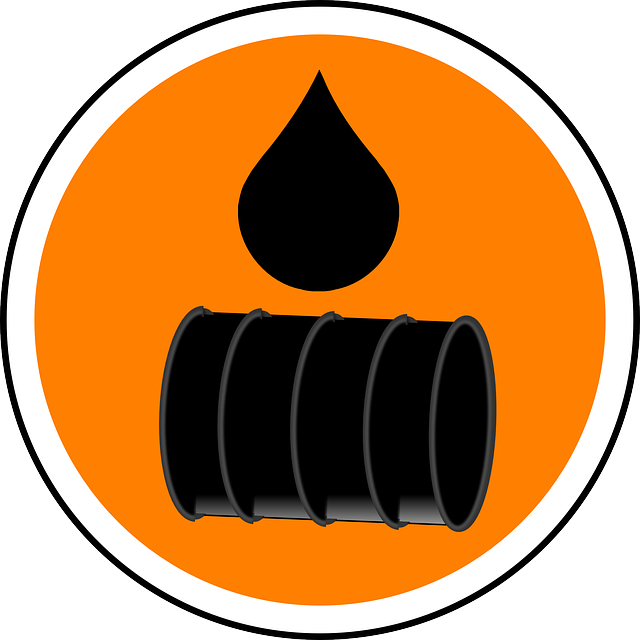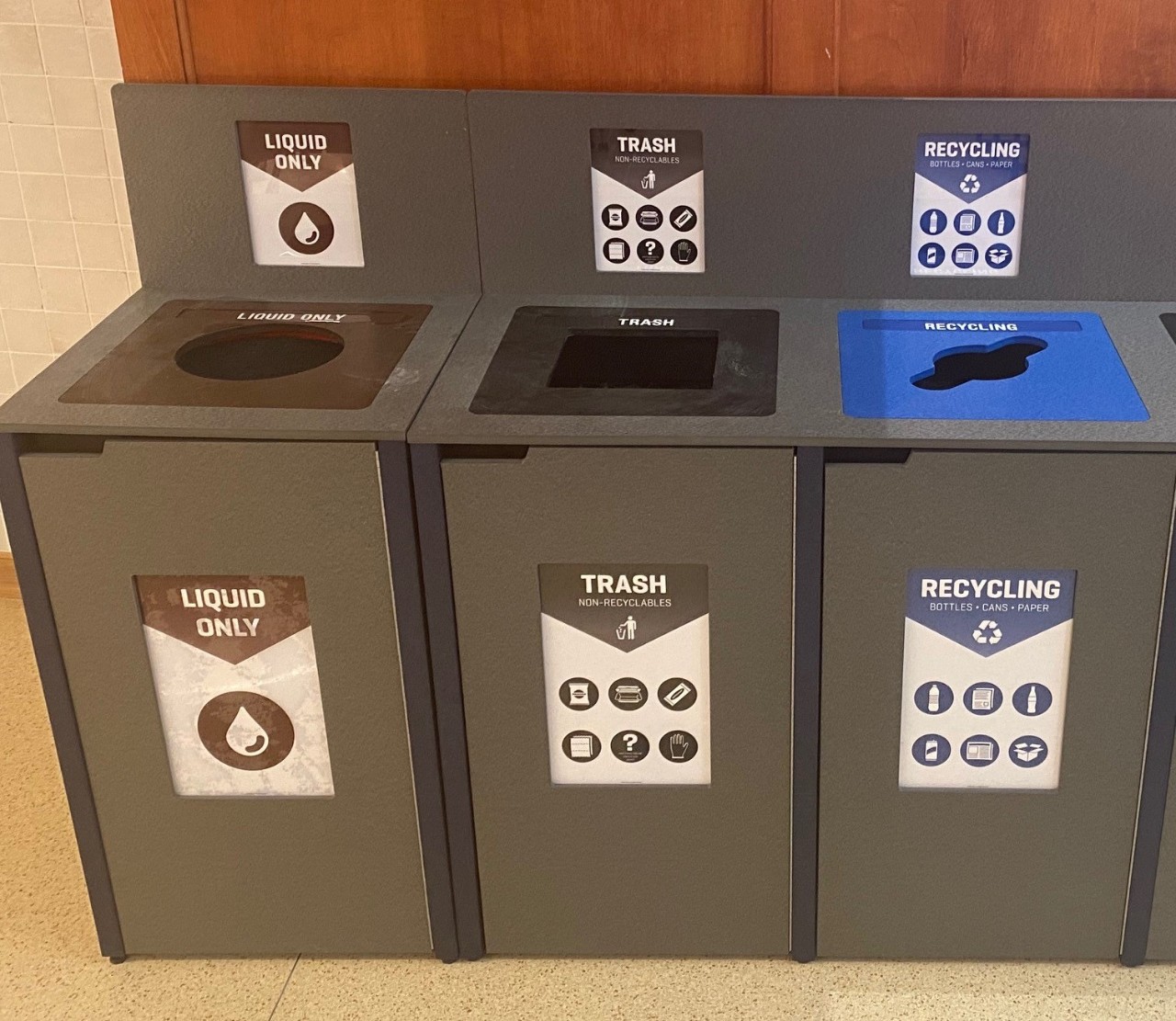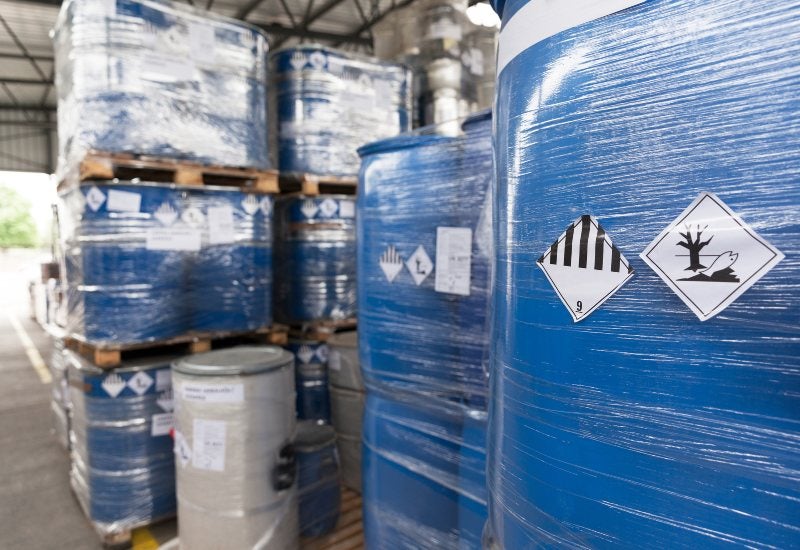Safe and Lasting Liquid Waste Disposal: Your Go-To Service Provider
Wiki Article
Just How Liquid Garbage Disposal Functions: A Comprehensive Overview of Methods and Technologies Employed

Summary of Fluid Waste Kind
The complexity of fluid waste kinds demands a comprehensive understanding of their attributes and effects for disposal. Liquid waste can generally be categorized right into several types, including commercial, municipal, agricultural, and contaminated materials. Each classification shows unique residential or commercial properties, calling for details management techniques to alleviate environmental and health threats.
Industrial fluid waste stems from producing procedures and commonly contains a variety of pollutants, such as hefty steels, solvents, and organic compounds. Community liquid waste, largely comprising wastewater from houses and industrial facilities, includes organic issue, nutrients, and microorganisms (industrial wastewater treatment). Agricultural fluid waste, consisting of overflow from farms, might consist of fertilizers, pesticides, and pet waste, posturing risks to water quality and communities
Hazardous fluid waste is defined by its poisoning, sensitivity, or prospective to trigger harm. Understanding these varied fluid waste kinds is critical for establishing efficient disposal techniques and making sure compliance with ecological guidelines.
Physical Treatment Methods

Screening is the preliminary step, where bigger fragments and debris are removed from the liquid waste utilizing screens or grates. In sedimentation tanks, heavier bits resolve at the bottom, creating a sludge layer, while the cleared up liquid can be further dealt with.
Filtration is another necessary method that involves passing the fluid through porous products, such as sand or membrane layers, to catch smaller particles. This action improves the top quality of the liquid, making it appropriate for subsequent treatment procedures.

Chemical Therapy Methods
Chemical therapy strategies are crucial for properly taking care of liquid waste, particularly in resolving dissolved and colloidal contaminants that physical approaches may not effectively eliminate. These techniques utilize various chemical agents to counteract, precipitate, or transform dangerous compounds into less hazardous kinds.One typical approach is coagulation and flocculation, where chemicals such as alum or ferric chloride are contributed to advertise the aggregation of put on hold bits. This process improves sedimentation, enabling less complicated removal of the resulting sludge. Additionally, oxidation procedures, utilizing representatives like chlorine or ozone, are used to damage down intricate organic compounds and microorganisms, rendering the waste safer for discharge or more therapy.
Neutralization is one more vital technique, which adjusts the blog pH of acidic or alkaline waste streams to neutral degrees, preventing prospective damage to downstream systems and the atmosphere. In addition, progressed oxidation procedures (AOPs) use combinations of oxidants and ultraviolet light to degrade persistent contaminants, attaining a higher level of treatment effectiveness.
Organic Therapy Procedures
Biological therapy processes play a crucial function in the monitoring of liquid waste by utilizing microbes to decay natural matter and decrease contaminant levels. These processes can be broadly categorized into anaerobic and cardio treatments, each using particular microbial areas to accomplish reliable waste destruction.Cardio treatment involves making use of oxygen to assist in the breakdown of natural products by microorganisms. This procedure is commonly executed in activated sludge systems, where oygenation storage tanks provide a helpful setting for microbial growth, resulting in the oxidation of natural contaminants. The resultant biomass can be divided from treated effluent with sedimentation.
In comparison, anaerobic treatment takes place in the absence of oxygen, relying upon different bacteria to break down organic issue. This approach is particularly beneficial for high-strength waste, as it creates biogas, an eco-friendly power source, while minimizing sludge production. Technologies such as anaerobic digesters are regularly used in community and commercial applications.
Both anaerobic and aerobic organic therapies not only decrease the environmental influence of liquid waste however likewise promote resource recuperation, making them necessary parts of lasting waste management strategies. Their effectiveness, effectiveness, and flexibility support their prevalent application throughout various markets.
Arising Technologies in Disposal
Innovative methods to liquid garbage disposal are swiftly evolving, driven by developments in modern technology and an increasing focus on sustainability. Among these arising modern technologies, membrane layer bioreactors (MBRs) have actually gotten grip for their capability to incorporate biological therapy with membrane layer purification, resulting in top quality effluent that can be recycled in different applications. MBRs make it possible for smaller sized impacts and extra effective procedures contrasted to conventional systems.Another encouraging advancement is using anaerobic food digestion combined with nutrient healing innovations, which not only deals with liquid waste but also produces biogas and recoups beneficial nutrients like nitrogen and phosphorus. This double benefit improves source effectiveness and lowers environmental influence.
Furthermore, advanced oxidation procedures (AOPs) are being taken on for the destruction of complicated natural toxins. These approaches use powerful oxidants and drivers to damage down contaminants at the molecular degree, supplying navigate to this site a very effective option for difficult waste streams.
Furthermore, the assimilation of fabricated knowledge and artificial intelligence in waste monitoring systems is maximizing functional efficiency and anticipating upkeep, causing lowered costs and boosted environmental conformity. These innovations reflect a considerable change in the direction of even more lasting and reliable liquid waste disposal techniques.
Verdict
In final thought, efficient fluid waste disposal necessitates a thorough understanding of different strategies and innovations. By constantly advancing these techniques, it becomes possible to resolve the expanding obstacles linked with liquid waste, inevitably adding to environmental protection and source recovery.find out this here Liquid waste disposal is an essential aspect of environmental management, requiring a thorough understanding of numerous strategies and technologies customized to different waste types. Fluid waste can extensively be classified into several kinds, including commercial, municipal, agricultural, and hazardous waste. Agricultural liquid waste, consisting of drainage from ranches, may consist of fertilizers, pesticides, and animal waste, positioning dangers to water top quality and communities.
Numerous physical therapy approaches play a critical duty in taking care of liquid waste successfully - industrial wastewater treatment.In final thought, effective liquid waste disposal demands a thorough understanding of numerous techniques and technologies
Report this wiki page